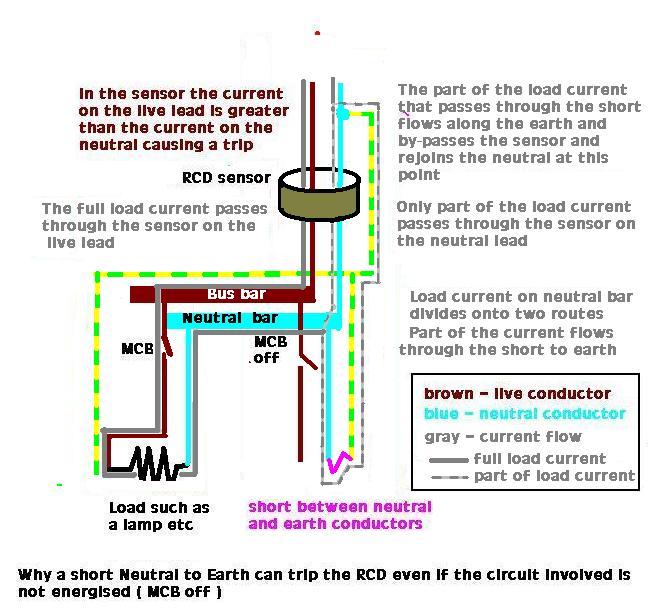Small flat only 4 circuits
Installed dual RCD 6 way board (3-3)
Lighting on it own RCD but will not set
Split lighting circuit and got it to hold, so I thought I has isolated faulty section....
But then when a socket circuit is used (Separate RCD) lighting RCD trips
I know I have no crossed neutrals at the CU
IR's are OK pre install
Neutrals on the right side
Any ideas appreciated
Installed dual RCD 6 way board (3-3)
Lighting on it own RCD but will not set
Split lighting circuit and got it to hold, so I thought I has isolated faulty section....
But then when a socket circuit is used (Separate RCD) lighting RCD trips
I know I have no crossed neutrals at the CU
IR's are OK pre install
Neutrals on the right side
Any ideas appreciated


